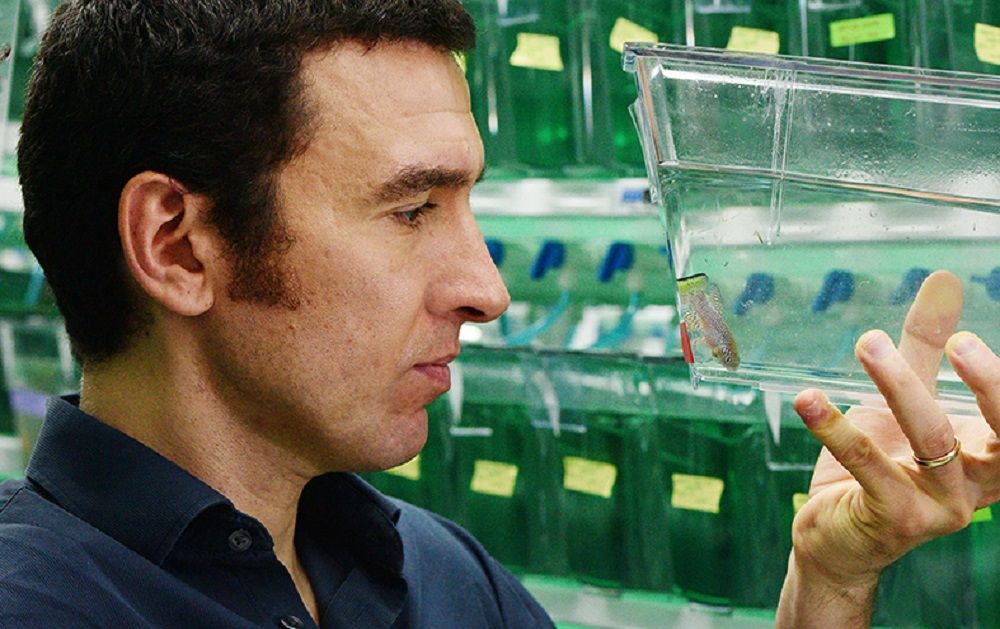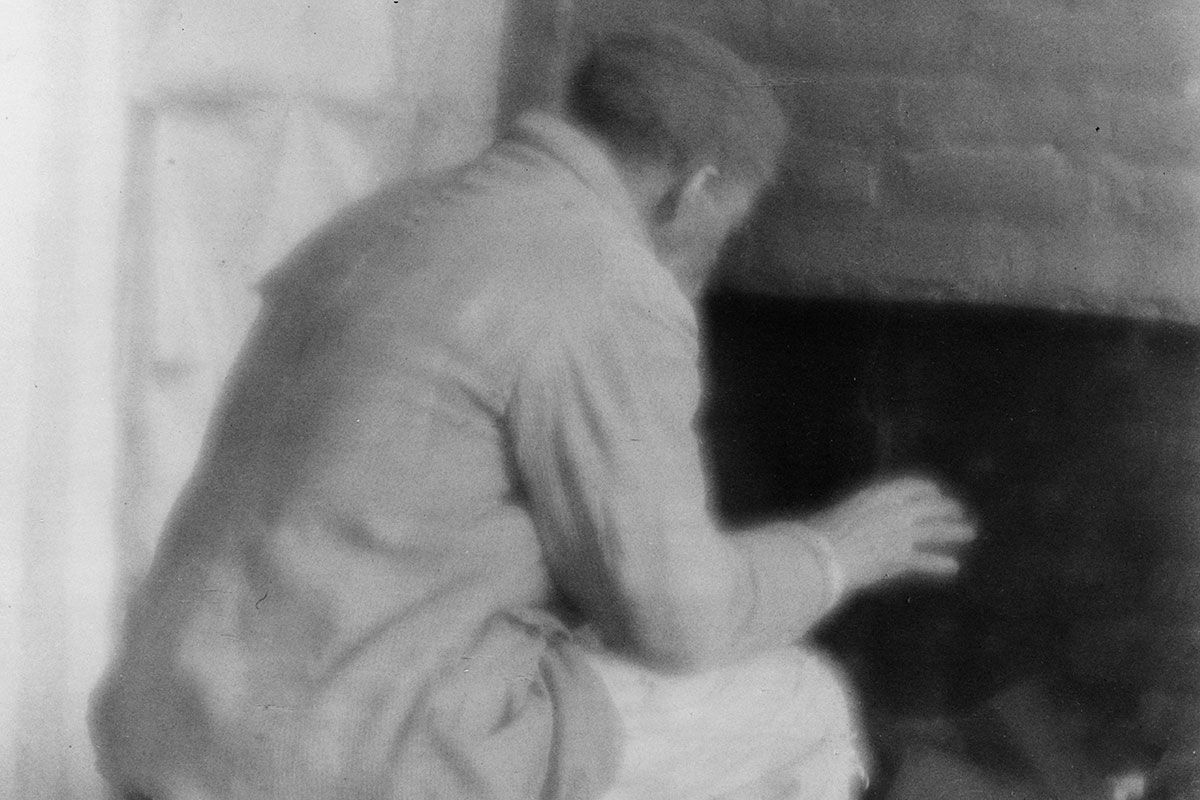https://www.youtube.com/watch?v=8TBjK_SEp2o&feature=youtu.be





A look back at the most popular life extension articles of 2017.
Senolytic compounds hold promise to reverse aging in humans. In a review published yesterday, leading researcher James L. Kirkland, M.D., Ph.D., compiles a comprehensive list of the leading senolytic compounds under development for human use, two of which are currently in clinical trials. [This article first appeared on LongevityFacts.com. Follow us on Reddit | Google+. Author: Brady Hartman. ]
Imagine if you were able to reverse aging and bring your body back to its original health and vigor.
Researchers have already discovered a group of drugs called senolytics which perform this miraculous transformation in mice and are testing them in humans as we speak.

A look back at the most popular life extension articles of 2017.
The microbiome is emerging as a new player in human health. Researchers recently extended the lifespan of middle-aged animals by nearly 50% by infusing them with the poop of younger fish. [This article first appeared on the website LongevityFacts.com. Author: Brady Hartman. ]
Remember the young blood, old blood experiments in which the young blood of mice rejuvenated old mice?
Well, young poop may be even more rejuvenating.

A look back at the most popular life extension articles of 2017.
Summary: A geroscientist is a new breed of a researcher who aims to understand and defeat human aging using a branch of study called geroscience. What these longevity researchers have in the pipeline just may surprise you. [This article first appeared on the website LongevityFacts.com. Author: Brady Hartman. ]
A new breed of a researcher called the geroscientist is striving to end aging as we know it.
And the anti-aging drugs they have in the pipeline might just startle you.



A look back at the most popular life extension articles of 2017. Here is the report “Can We Live To 120 On the Blood Of Teens?”
Parabiosis is back in the spotlight. The latest news reports that scientists have discovered the previously hidden rejuvenating factors in young blood.
Young blood seems to have healing powers, but how can we get benefit from them without relying on donors?
Newly published research shows that scientists may have found one of the hidden factors in the blood that are responsible its rejuvenating effects.

A look back at the most popular life extension articles of 2017. Here is the report Can We Live to 120 on the Fasting Mimicking Diet or Calorie Restriction?
Summary: The Fasting Mimicking Diet, also called the Valter Longo diet, and the spartan practice of calorie restriction are the twin subjects of two recent research reports. Both research reports show that the fasting regimens offer potential health benefits. This article includes commentary by the inventor of the Fasting Mimicking Diet, Valter Longo. [Cover Photo: Ryan McGuire.]
The idea that animals can live longer, healthier lives by drastically reducing their calorie intake is not exactly new. Scientists have repeatedly demonstrated the life-extending value of calorie restriction (CR) in animals from worms to monkeys—with the implication that the same might be true for humans.
In fact, geroscientists consider CR as one of the most effective ways to extend lifespan. Our metabolism slows down as we age, due to a phenomenon called deregulated nutrient sensing. This metabolic change contributes to a host of age-related diseases.